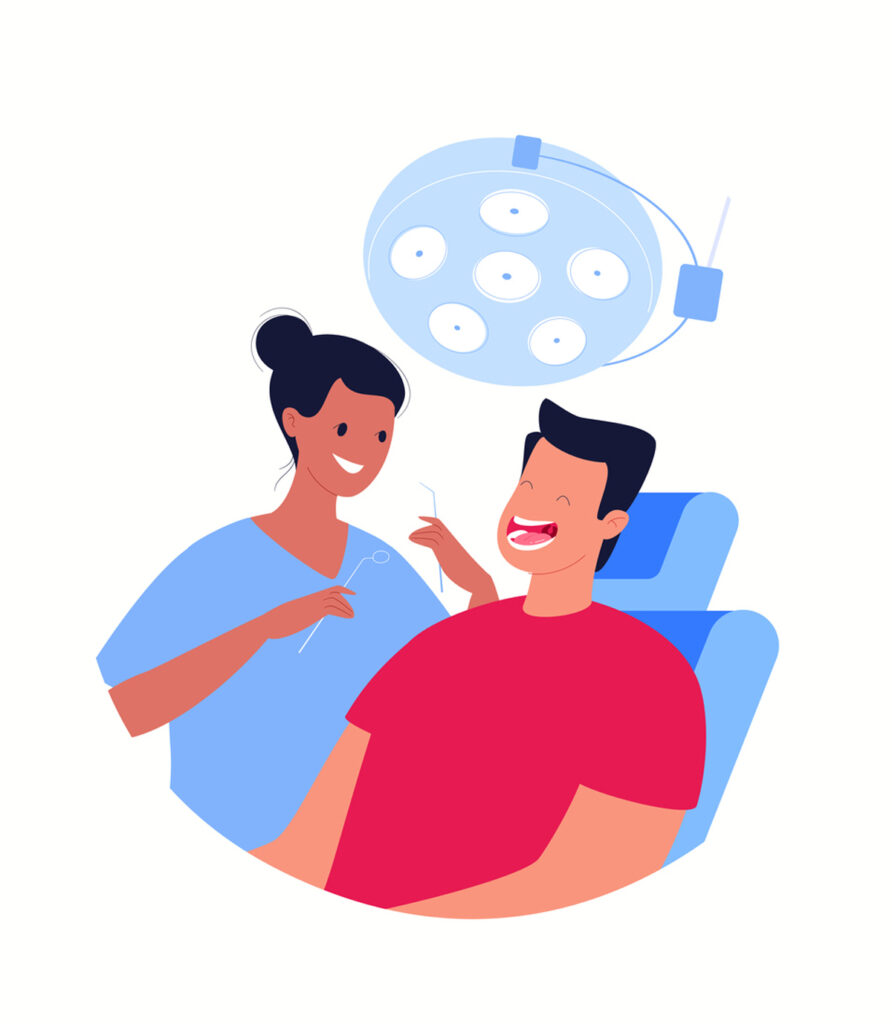Begin with the end in mind : By Dr. Charles Moser, VP Community Management for DEO
After four years of dental school and more in a residency, it’s out to the real world for dentists, without the slightest clue, hint or notion of how and why people make decisions, and no earthly idea how to communicate the value of what we do. Not a single class, lunch-and-learn or webinar about converting treatment planning to treatment planned. Well, never fear, help is on the way.
To be clear, making you Zig Ziglar or part of the $1 million club in this 1-page column is a big ask, so let’s continue with baby steps.
The main takeaway is this: The goal is to get your patient to acknowledge that they have a problem, and that fixing the problem will better their lives. If you keep that in mind as you craft your conversations, you’ll be on the path to higher conversion rates.
Questions to ask
You’ve already seen some common questions on a medical history form designed to stimulate conversations and assist the provider in closing the deal.
Question No. 1: “If you could change anything about your smile, what would it be?”
Great question, as long as you’re trying to provide procedures to straighten and/or whiten teeth, because those are the top two answers. However, if your practice model is designed around emergency dentistry, implants or large restorative cases, this may not be the ideal inquiry. A patient that responds with “I want them whiter” is not likely to be thinking root canal therapy or implant. But, if cosmetics are your zone of genius, keep that question in your cache.
Question No. 2: “What is the most important thing about your teeth?”
Try this one on for size if your armamentarium includes operative and crown and bridge dentistry. The answers you’re looking for are, “I want to keep (save) my teeth,” “I just want to be able to smile,” or “I like to eat.” These replies can lead you into a dialogue that builds value in endodontics and restorative procedures. Think like an attorney. Lawyers never ask a question that they don’t already know the answer to.
Remember, the only goal is to get your patient to acknowledge they have a problem, and that fixing the problem will better their lives. Think about what you want to hear and work backwards with the questions. Answers like, “I know I need to do it,” “I have put this off for too long,” or best of all “When can we start,” are the admissions you’re looking for. Style your questions that get those answers.
One last question that can be helpful to set the stage is: “When you came in today, did you think your mouth was in great shape, or were you expecting me to tell you that you needed some work?” Holy great question, Batman! What does their answer tell you? We’ll leave that for the next column.
Have fun with these questions. Think of more. Roleplay with your teams. Predict the answers and remember, your only goal is to get your patient to acknowledge that they have a problem, and that fixing it will better their lives.
Want more? Contact me at [email protected].






